
In 1936, Anastas Mikoyan, the People'sFood Industry Commissar, went to the U.S. to learn about the American experience of mass food production. As Mikoyan wrote in his memoirs, after the fall of the Tsarist government the new socialist country had small-scale cottage industries instead of national food production. Meanwhile, the U.S. had already established mass production of food products and quality standards were universally observed.
The People's Commissar spent two months overseas and brought back equipment for Soviet factories: refrigeration units, machinery for mechanized bread-baking, machines for milking cows and other interesting techniques. Apart from the equipment, Mikoyan returned with new foods and culinary methods, many of which were subsequently described in the country's main cookbook, the Book of Tasty and Healthy Food, published under his guidance three years later.
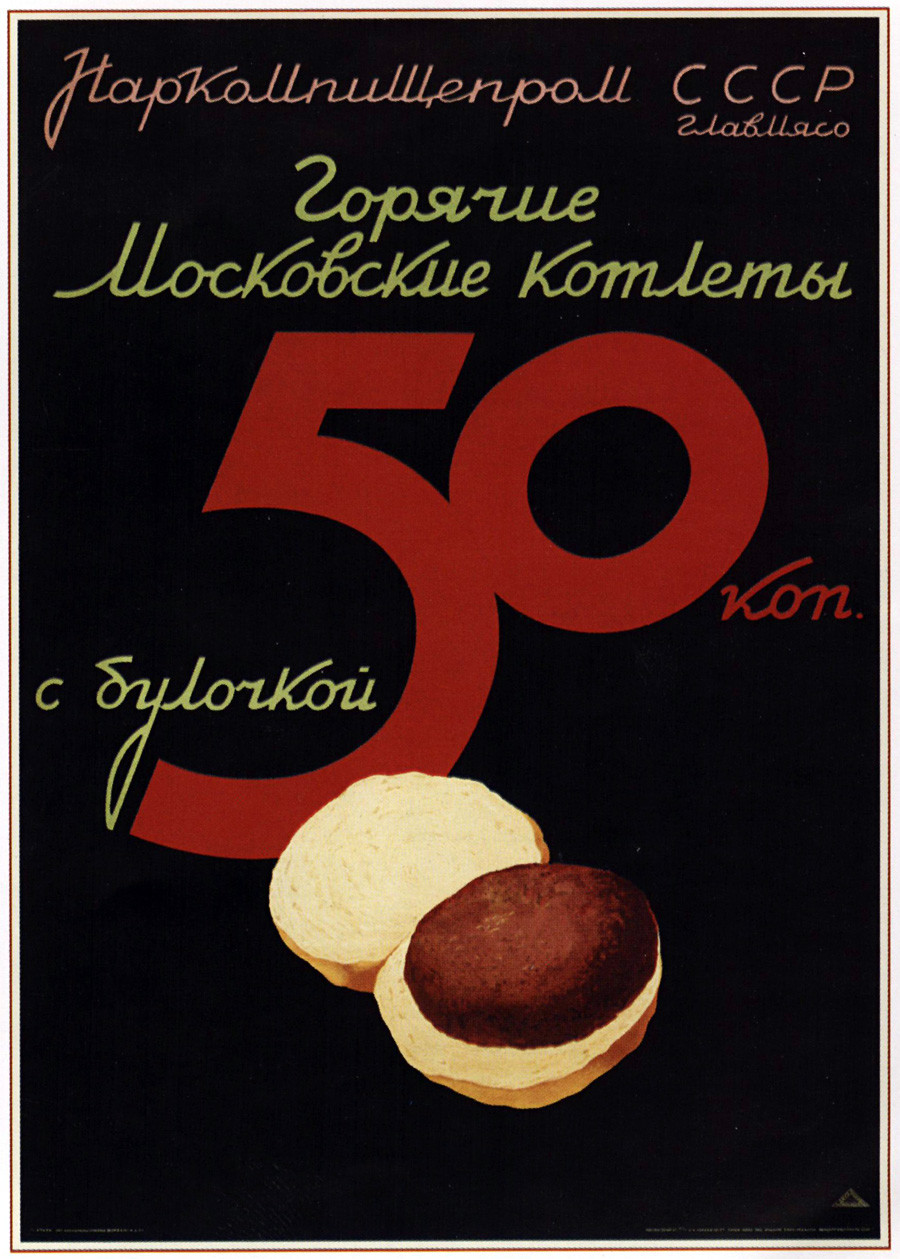
Hamburgers on a bun were very much to the People Commissar'sliking, and the notion of washing down burgers with sweet soda water first originated in the USSR. Mikoyan purchased 25 machines for making burgers, after which kiosks selling fast food and burgers inside a "city" bun for 50 kopeks appeared on the streets of Moscow, Leningrad, Kiev
No funds remained to buy and import Coca-Cola concentrate, so the hamburgers (or “khamburgery,” as they were called in the Soviet Union) were sold with fruit drinks. In the U.S. this custom only started in 1940 when the first McDonald's restaurant opened! However, during the War
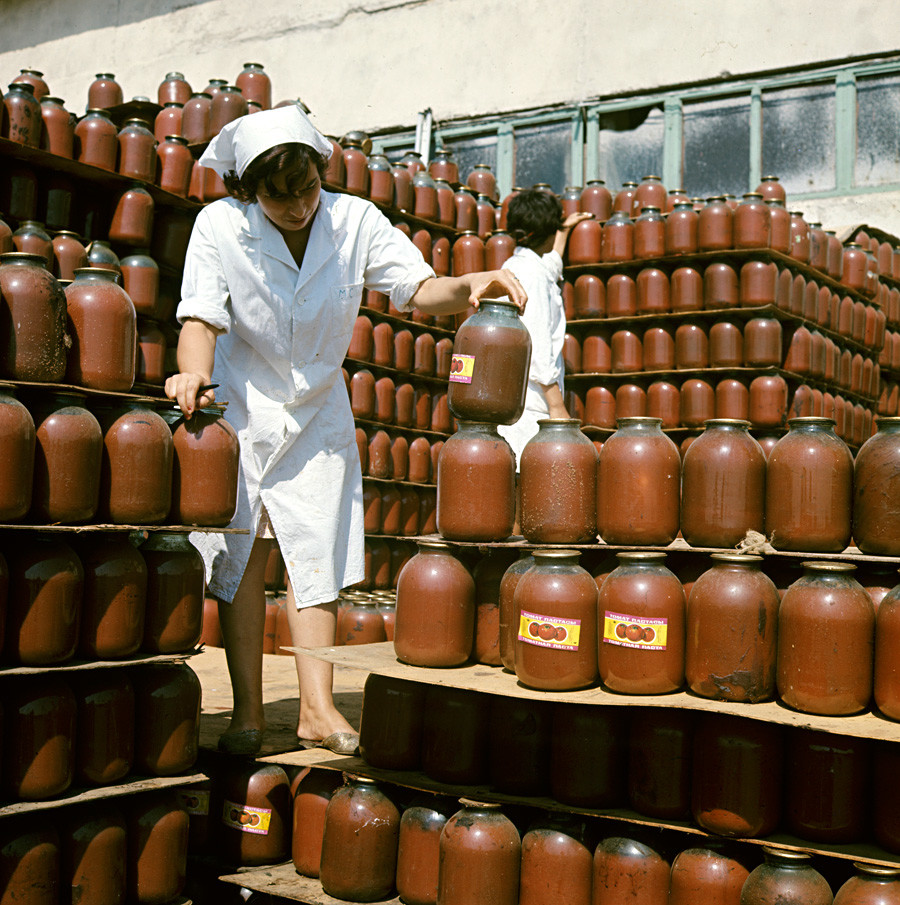
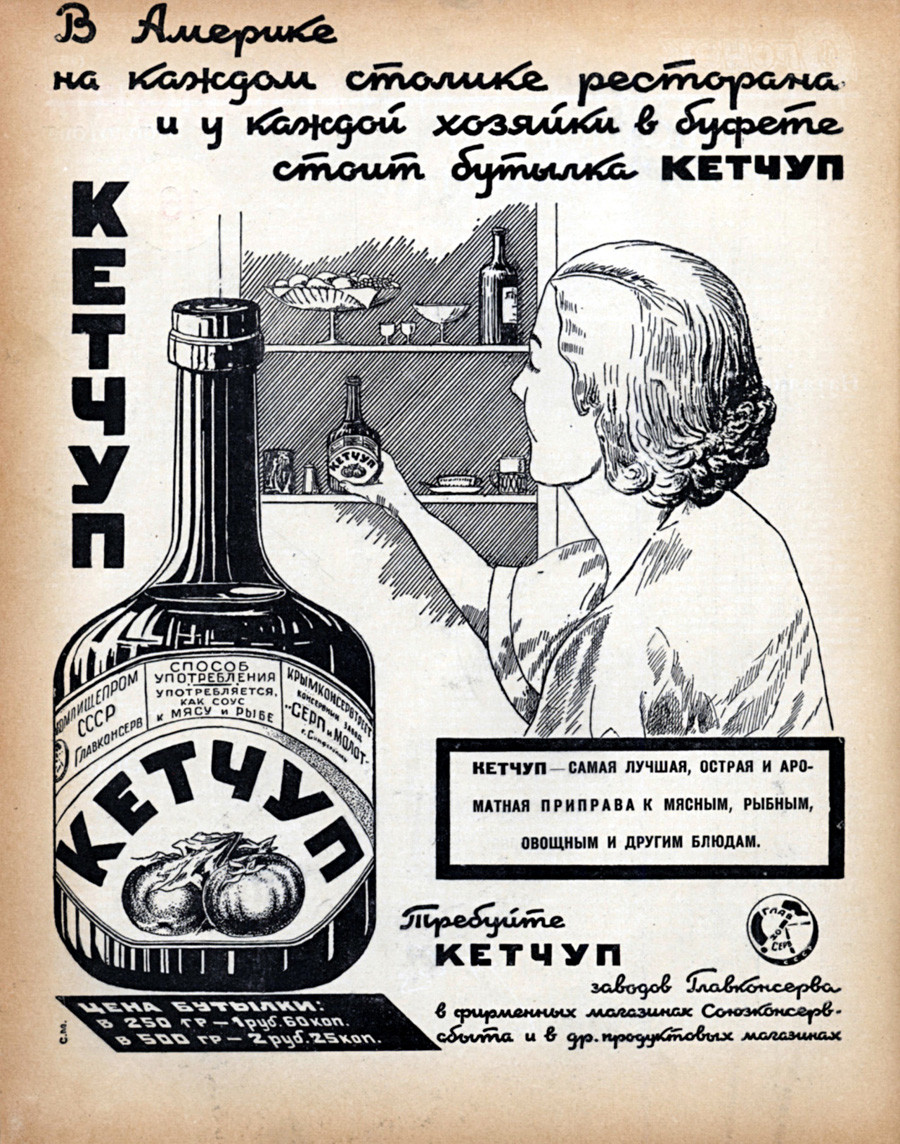
This sauce appeared in the Soviet Union at the end of the 1930s, and it was recommended not just as a sauce to go with meat, but also for making soup. Incidentally, in postwar editions of the Book of Tasty and Healthy Food ketchup was replaced by tomato paste and tomato sauce; ketchup also disappeared from shops. Only in the 1980s did ketchup return to Soviet stores, imported from Bulgaria, Hungary
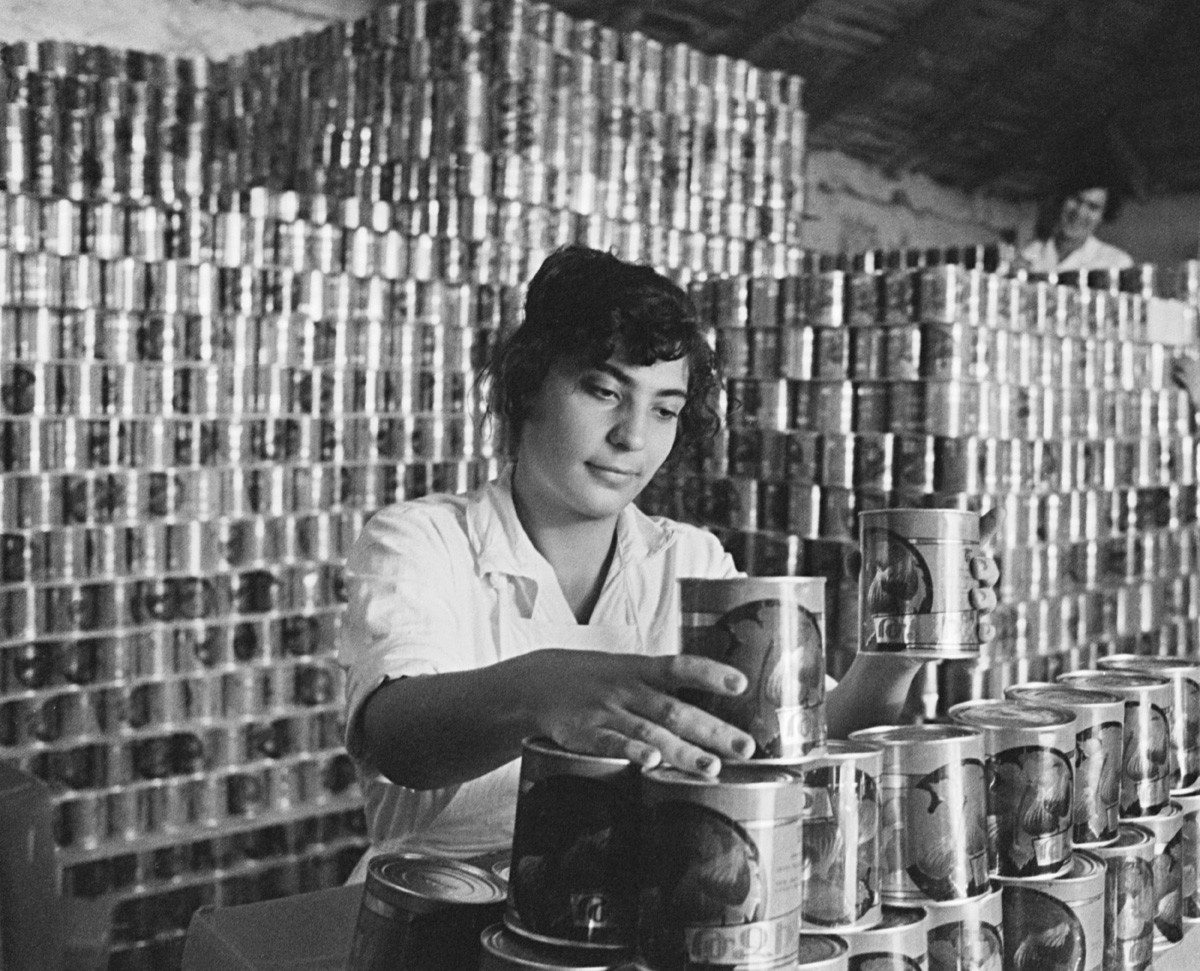
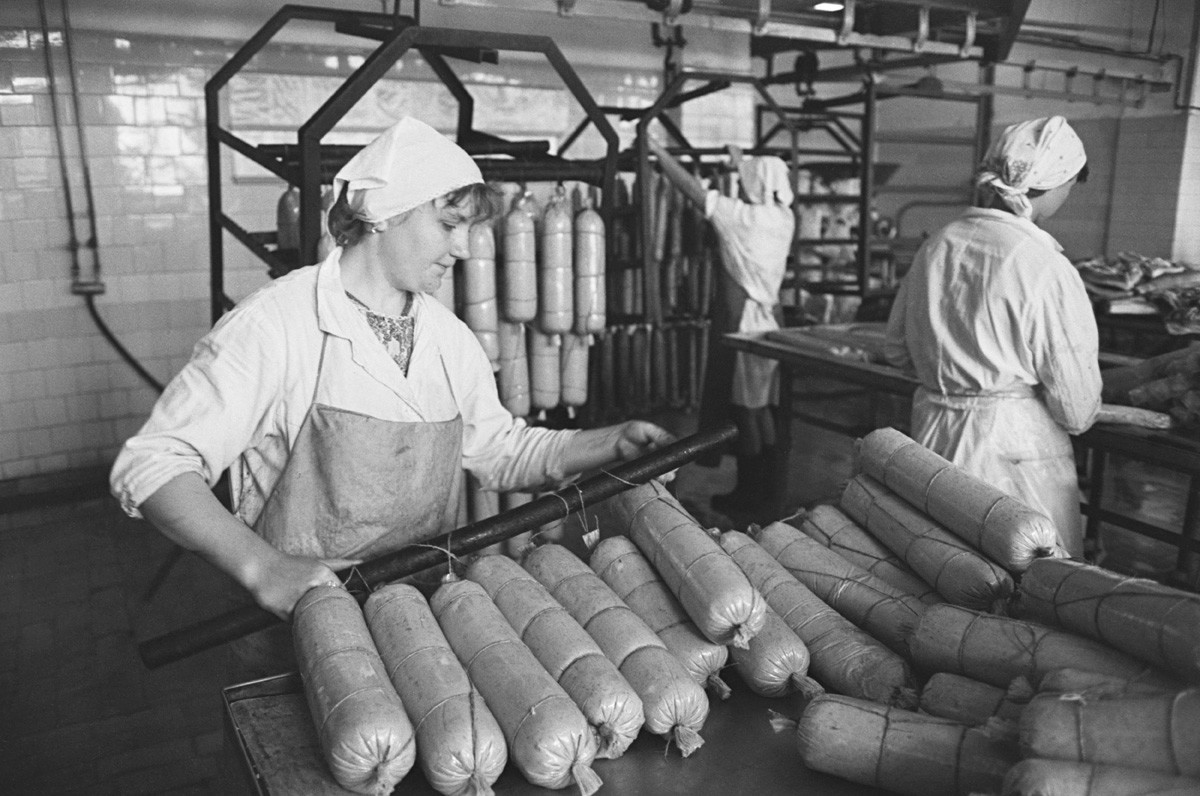
Mikoyan had a look at the technology of mass sausage production at a Chicago meat factory, and in the same year, 1936, the first sausage plant opened in Moscow, which started making sausage that was low in fat and high in protein. All ingredients were natural (just like many prewar food products), and the sausage was even given to patients who suffered malnourishment. This is why it was called "doctor's sausage."
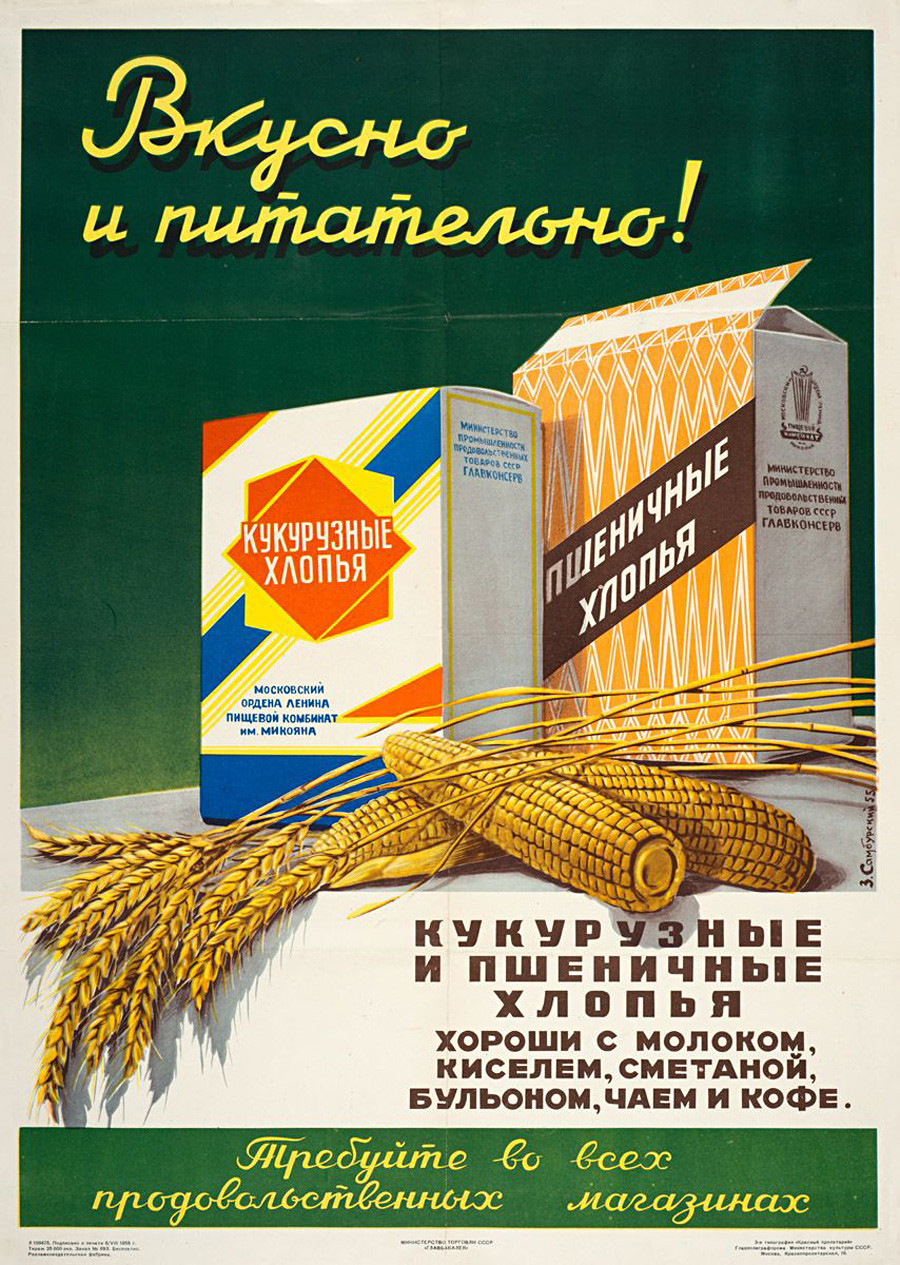
The book's first edition mentions "
If using any of Russia Beyond's content, partly or in full, always provide an active hyperlink to the original material.
Subscribe
to our newsletter!
Get the week's best stories straight to your inbox